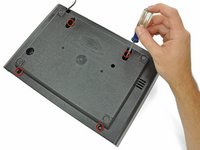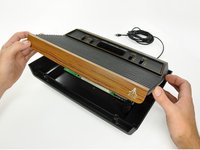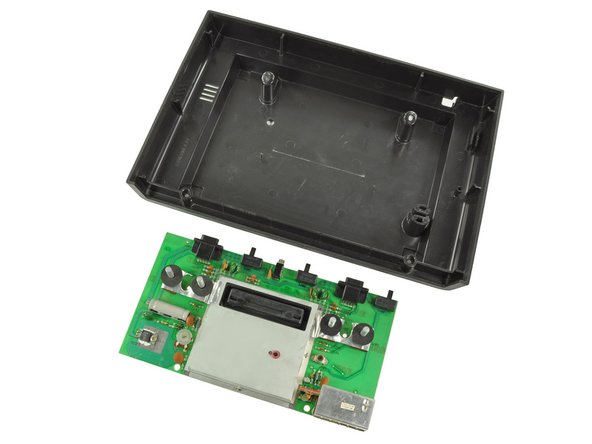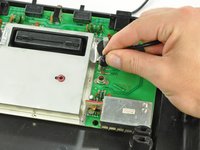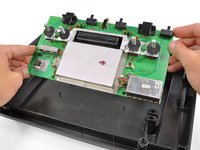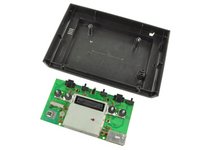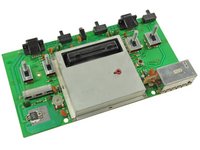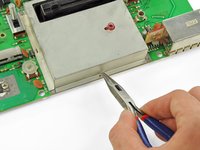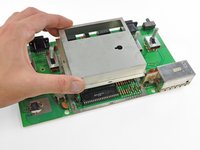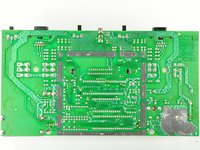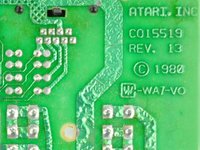简介
转到步骤 1欢迎来到主机拆解周的第三天,目前我们已经拆了 Magnavox Odyssey 100和RCA Studio II,雅达利 2600就是我们下个目标。我们和partnered with PC World 合作的这个拆解让大家一窥当年游戏主机的主角。
最初被称为视频电脑系统(VCS),雅达利2600发布于1977年,当时,最受欢迎的基于微处理器的硬件是仙童公司的Channel F,(VCS)是雅达利公司对这个领域的第一次进攻。
这个机器最初发布的时候,机器前面有6个开关,后来1980年机器被重新设计,变成4个前面板的开关,2个背面,现在拆解的这部是1980年后的机型。
你所需要的
由衷感谢以下译者:
100%
wewewawa正在帮助我们修复这个世界! 您也想加入吗?
开始翻译 ›
18条评论
Your IC ID on this teardown is incorrect.
The Rockwell chip in the middle CO10745 is the 6507 CPU
The Motorola CO10444 is the TIA and the Synertek is the 6532 RIOT IC
-John
Curator
The CPU Shack Museum
www.cpushack.com
Agreed, and I don't get how you guys came to the conclusion of "a great appreciation for [...] hand drawn circuits".
I see nothing but straight lines, which very well could be neatly hand drawn, but just as easily could be CAD'ed.
But otherwise I love your teardowns of classic hardware. Keep them coming!
Michael -
Perhaps they meant to suggest that the traces were laid out manually using a CAD program, as opposed to auto-routed?
cityzen -
Perhaps by "hand drawn" they meant "hand taped," the more usual method for circuit layout. While I have done small boards with a photo-resist pen on the copper or a marker on a mylar mask, it was more usual and easier to use a strong black tape on the copper or the mask. It came in varying widths, and you could also buy stick-on or transfer pads for through-holes and sets of pads for ICs. When taping out stuff it was definitely easier to do straight lines than curves!





